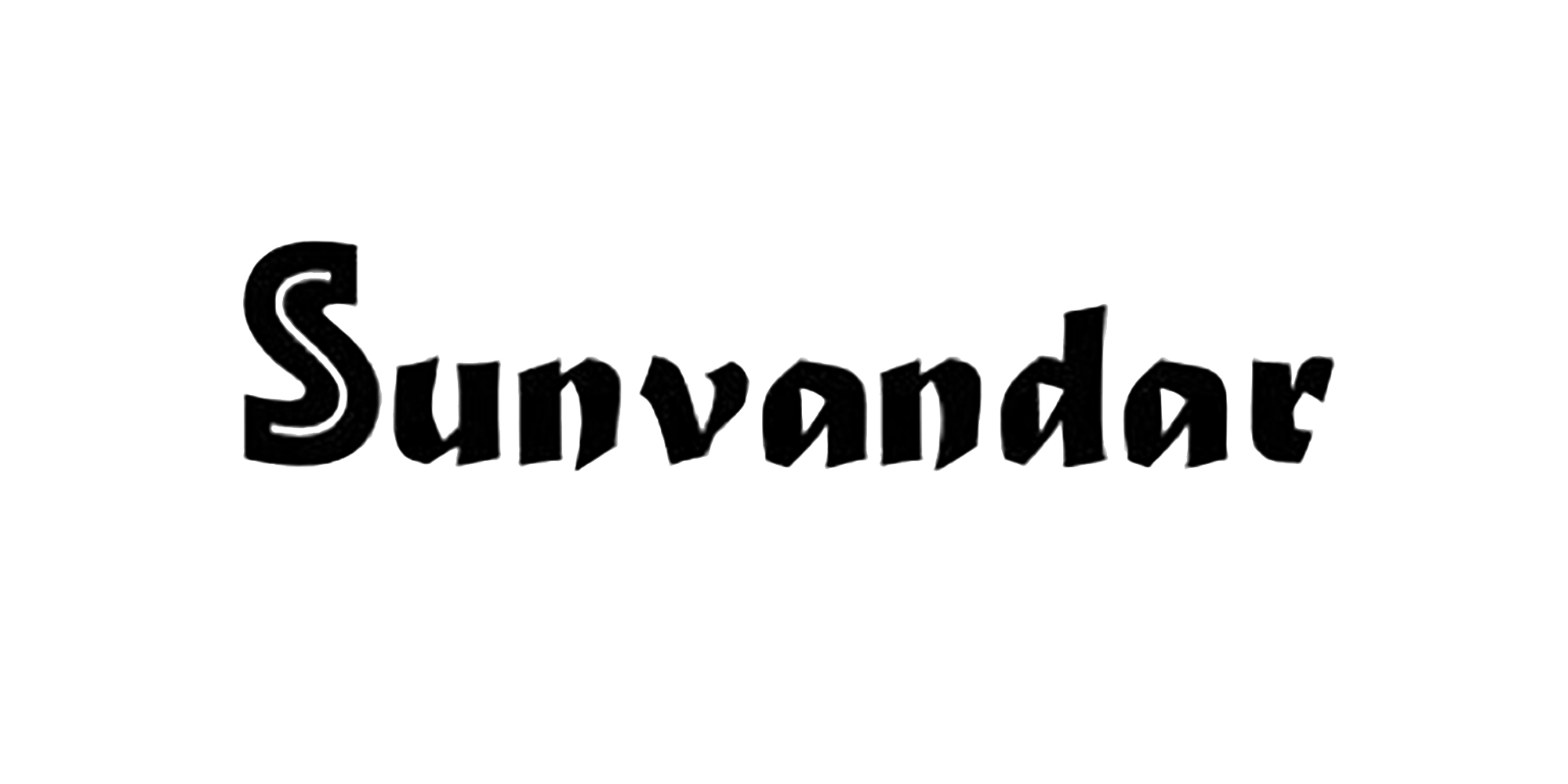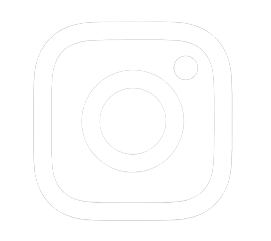Finish options
In current packaging and book cover design, Scodix 3D foiling and UV techniques have been gaining attention. These techniques utilize 100% solid content UV curing ink and rely on a nozzle array to deposit a large amount of ink on the substrate's surface, building up graphics and text in micrometers or even millimeters. The ink quickly cures before spreading, achieving a tactile effect known as Scodix Sense. It can also be used for post-curing foil transfer, creating a digital embossing effect called Scodix Foil.
Scodix can achieve effects like "foil on foil" and "UV on UV" by layering ink, creating pronounced raised areas in the design region, resulting in various textures and tactile sensations in the printed materials.
Copyright © 2003-2025 Sunvandar Printing Co., Ltd. All rights reserved.
Factory Address
Block D3, Shanglilang industrial estate, Pingji Blvd, Long gang district, Shenzhen, China, 518112
Follow Sunvandar
sales@sunvandar.com




















